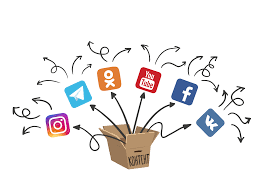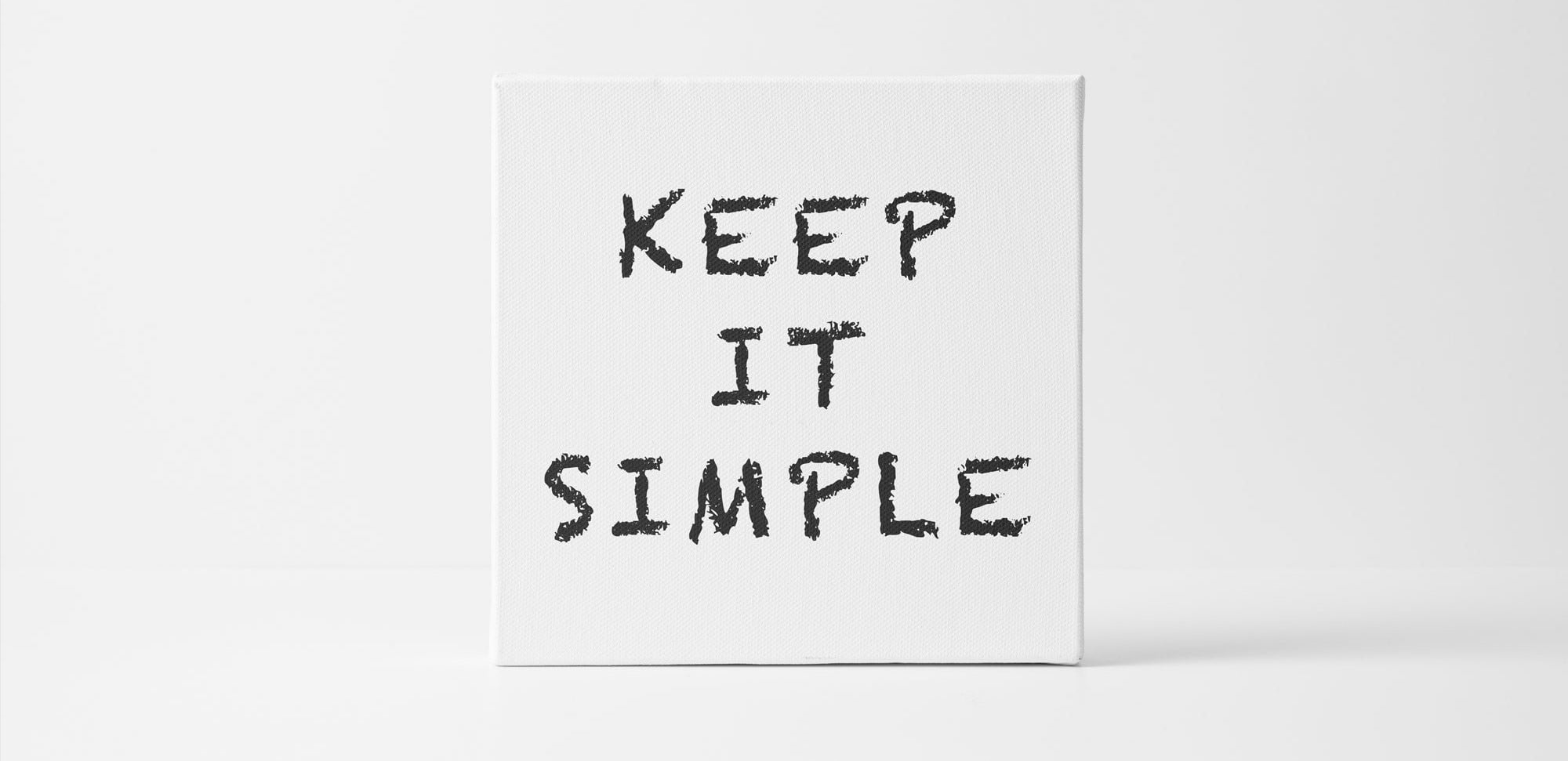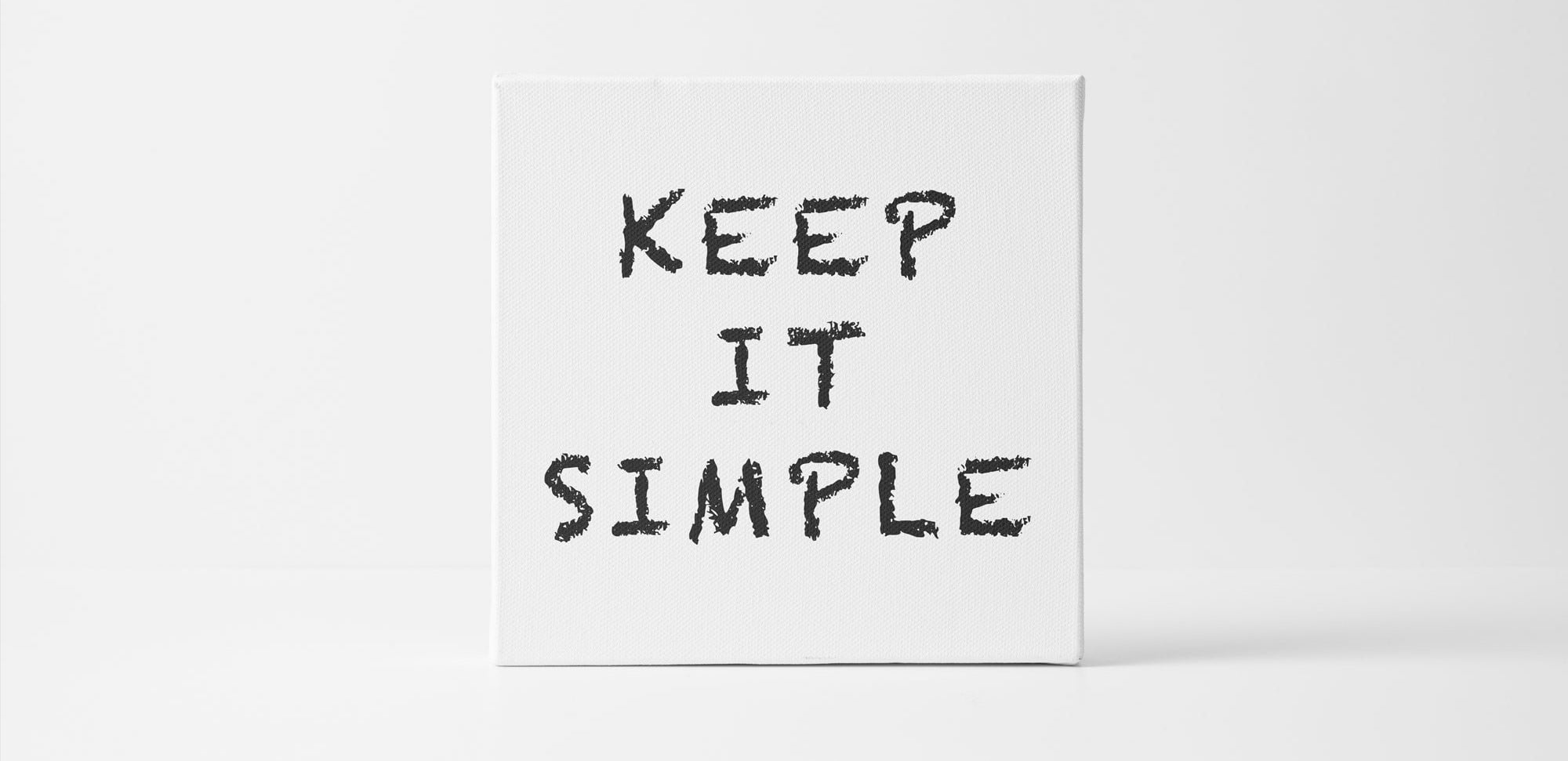Just a few years ago, any catchy video on YouTube had a chance to become popular. But today, with thousands of new videos appearing every day, it's hard to compete. Fortunately, there is a way out. Turn to three eternal emotions: happiness, shock, and empathy. We'll tell you how they can help you engage your customers below.
1.Happiness
The first emotion is happiness. The goal is obvious: to make people happy. After all, when you are happy, you want to share this emotion with your family and friends. In addition, by sharing what made you happy, you will receive another dose of positive emotions in return. This is how human psychology works.
Today's world is full of negative emotions, even if some people deny it. That's why happiness is a valuable resource that should be tapped into. You will have a huge impact if you make someone smile or feel happy in some other way.
Why happiness?
Classical advertising is aimed at claiming that your product is the best and that the client should definitely buy your product. But such a strategy provokes a one-sided dialog, and only on your part, because customers, frankly, don't need such conversations. The result is that the client will not contact you in the future.
A friendly video evokes a completely different reaction. It's as if you've created content on purpose to make someone's day better. This kind of advertising is not trivial, but is aimed at something of greater value, and is also selfless. As a result, the client will want to do the same for you. No wonder well-known brands create positive content, because the effect of it will be tenfold. It's as if you're building a relationship with your customer, who will thank you either with attention, actions, or money.
Brand perception is an important indicator in this situation. It reflects what people think of you and what feelings your brand evokes. It is clear that a customer is more likely to spend money on a brand that evokes positive emotions. This is exactly the goal that "happiness content" allows you to achieve, because it is more trusted because of its humanity.
How to create such content?
To do this, you first need to analyze the audience your product is aimed at. The next step is to determine what they are interested in on the Internet. Then everything is simple - you just need to provide this content. Of course, you need to come up with a way to combine this material with your product.

2. Shock
The second emotion is shock. This is respect, which is often combined with surprise and some fear. You can evoke this emotion by showing something new, interesting, and generally something that people have never seen before. For example, people or animals that behave out of the ordinary. You just want to exhale in amazement at their crazy actions.
In the past, shock was often caused by impossible stunts and records, such as bungee jumping from a cliff. This was true 10 years ago, when every breathtaking video was doomed to success. But today the situation has changed. There are many platforms that search for shock content all over the Internet and thus try to reach the public by putting it (content) under their copyright. So now, to get someone's attention, there are no longer enough people who are willing to jump off cliffs or do crazy things.
How to create shocking content in our time?
Nowadays, it is not physical stunts that are effective, but emotional impact. We explain that at the present stage, it is important to achieve the "wow effect" not through absurd actions, but through actions that people do for the sake of others. They should be impressive and selfless. Thus, the central plot of modern shock content should be people who sacrifice themselves for the sake of others.
For example, the well-known Adobe company sought to increase the number of Photoshop users among students. The solution was a video in which a group of students uses this program to restore photos damaged after Hurricane Harvey. The scenario is as follows: students visit the victims of the disaster, restore the photos and return them to those who were afraid of losing them forever. The effect was stunning.

3. Empathy
The third emotion is empathy. This is a much deeper emotion than sympathy. Because when you feel the latter, you certainly sympathize, but you don't really immerse yourself in it, sometimes not even realizing how people really feel. That's why empathy is a more personal emotion. When you feel empathy, you put yourself in the shoes of others, understand their feelings, and experience them yourself. At the same time, you don't have to sympathize with someone else's opinion.
For example, Heineken made a video in which it proved that two strangers with opposing views can have more in common than they do apart. To do this, they paired six strangers with two people each. It is worth adding that these people had completely opposite views. At first, the participants were given instructions on how to make a chair, which they had to do together, of course. After that, each of them told 5 adjectives about themselves, which later turned into detailed stories about their lives and childhood. The next step was to make a bar. Along the way, their friendship and sense of empathy for each other grew. Later, each participant is shown a video from which they learn how different their views are. Then there is a choice: either to leave or to stay and discuss their views. Everyone chose the latter.
The Heineken ad shows not that an opinion can be imposed, but that all people are connected. The video demonstrates our differences and the ability to overcome them. It shows that we are all part of the same world. You always want to share a story that you empathize with.









